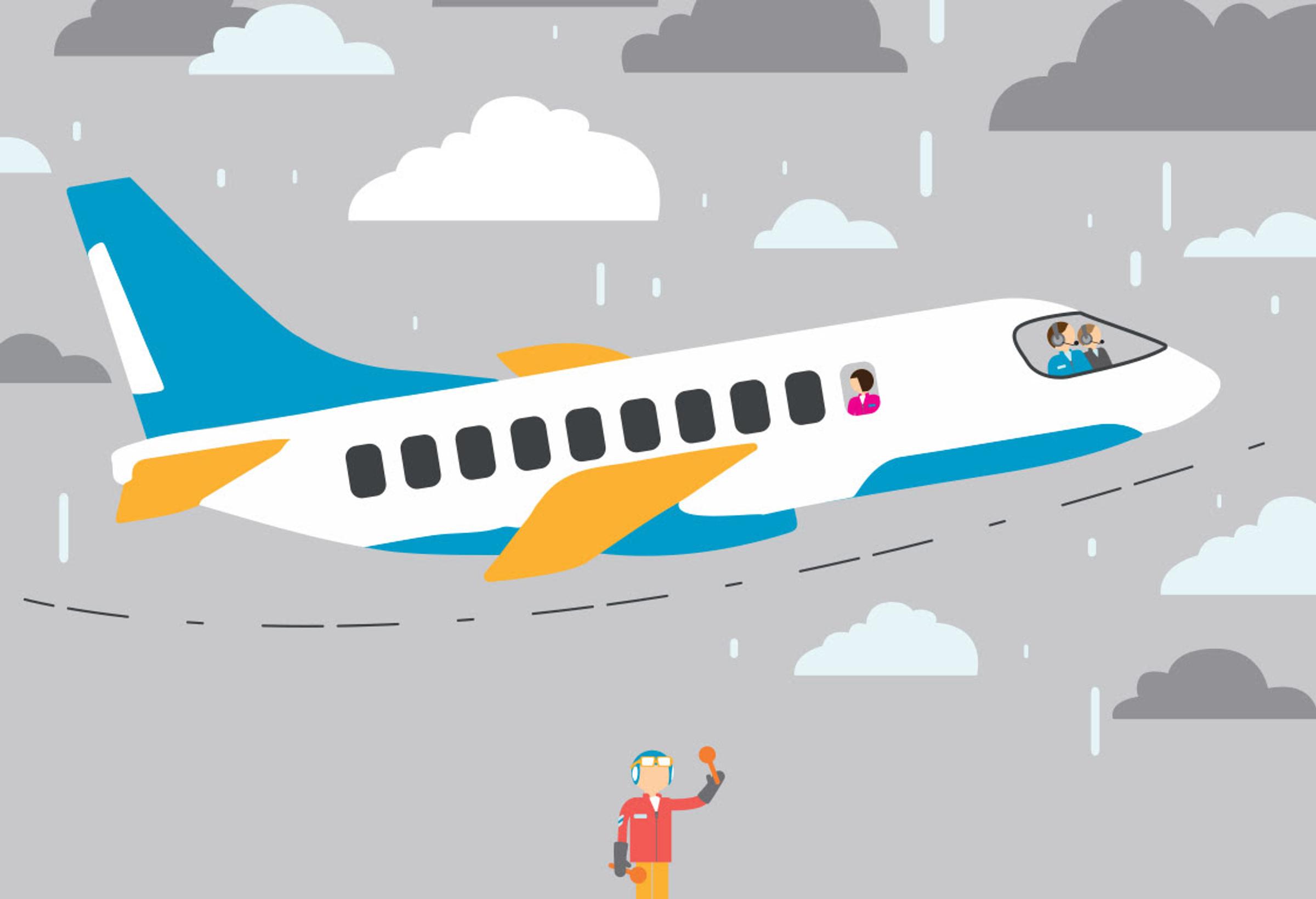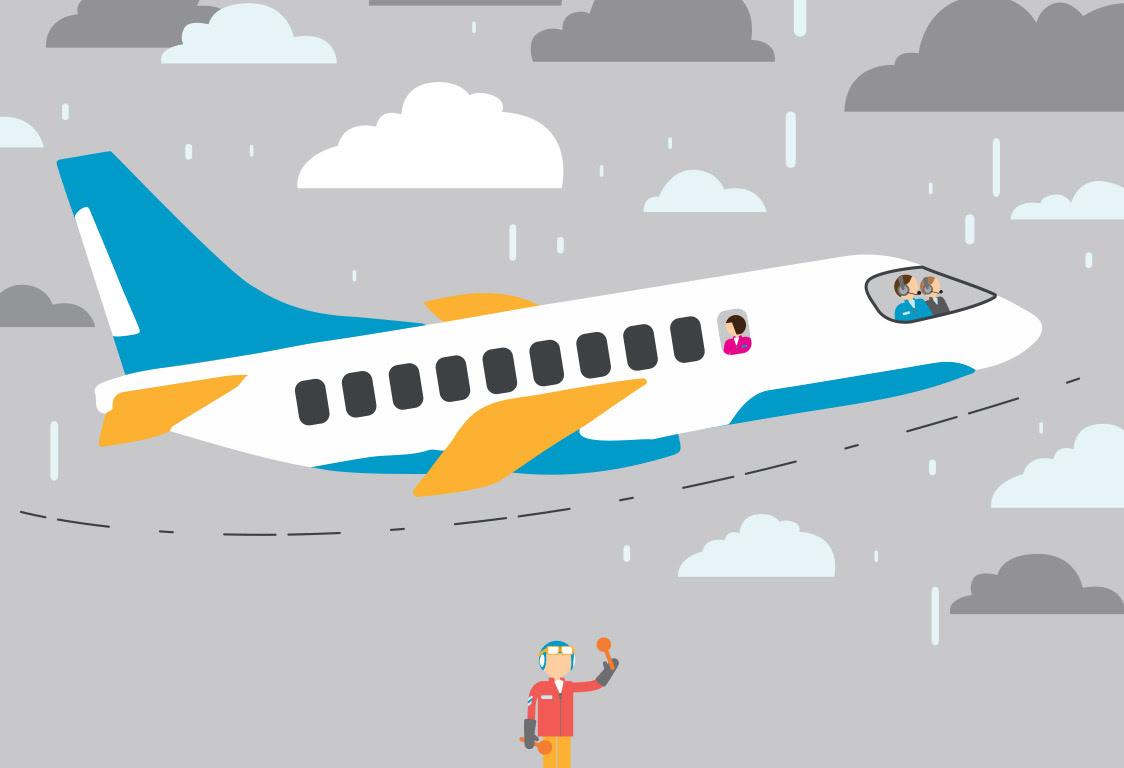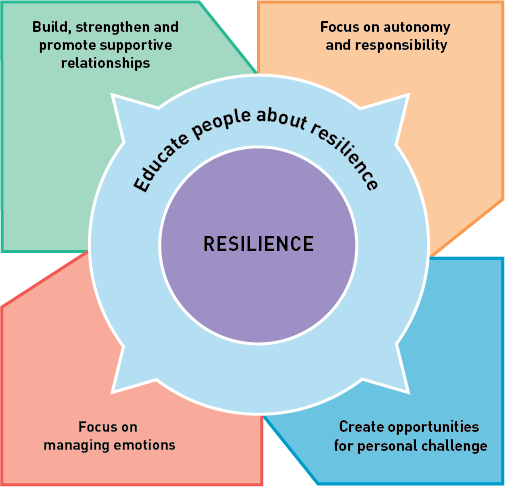Wellbeing

This term our whole school focus is on developing our resilience. The following article was taken from beyond blue.
So where does resilience come from?
Resilience is shaped partly by the individual characteristics we are born with (our genes, temperament and personality) and partly by the environment we grow up in — our family, community and the broader society. While there are some things we can’t change, such as our biological makeup, there are many things we can change.
One way of explaining the concept of resilience is to imagine a plane encountering turbulence mid-flight. The turbulence, or poor weather, represents adversity. Different planes will respond to poor weather conditions in different ways, in the same way different children respond to the same adversity in different ways.
The ability of the plane to get through the poor weather and reach its destination depends on:
- the pilot (the child)
- the co-pilot (the child’s family, friends, teachers and health professionals)
- the type of plane (the child’s individual characteristics such as age and temperament)
- the equipment available to the pilot, co-pilots and ground crew
- the severity and duration of the poor weather.
We can all help children become more resilient and the good news is, you don’t have to do it alone. You can ask other adults such as carers and grandparents to help. Building children’s resilience is everyone’s business, and it’s never too early or too late to get started. We’ve got some simple things that you can do in your own home.
How can I build resilience in my child?
Our latest research found that there are five areas that offer the best chance for building resilience in children.
As a parent, carer, or significant adult, you can help to develop essential skills, habits and attitudes for building resilience at home by helping your child to:
- build good relationships with others including adults and peers
- build their independence
- learn to identify, express and manage their emotions
- build their confidence by taking on personal challenges
There are some simple things you can do to build your child’s resilience in these areas (click on the links above). You might be able to think of more.
It’s important to remember that the strategies we recommend:
- are suitable for everyday use with children aged 0–12 years
- have been tailored for pre-school aged children (1–5 years) and
primary school aged children (6–12 years) - should be prioritised in a way that best meets your child’s needs.
If your child is currently experiencing stress, challenges or hardships in life which are affecting their wellbeing, additional professional support may be necessary.
--
Kahli Schroder
Teacher, Wellbeing Leader and Literacy Leader


